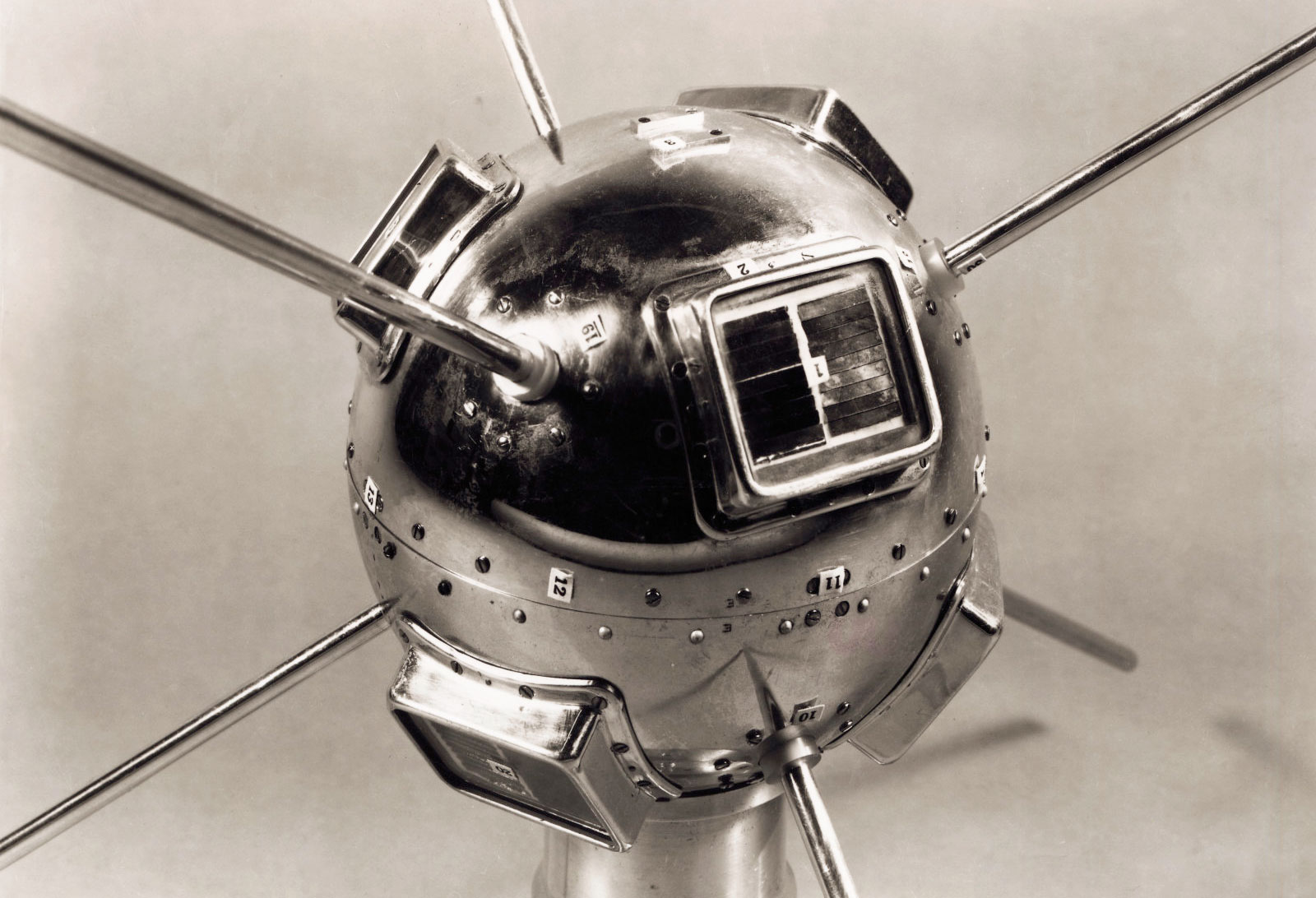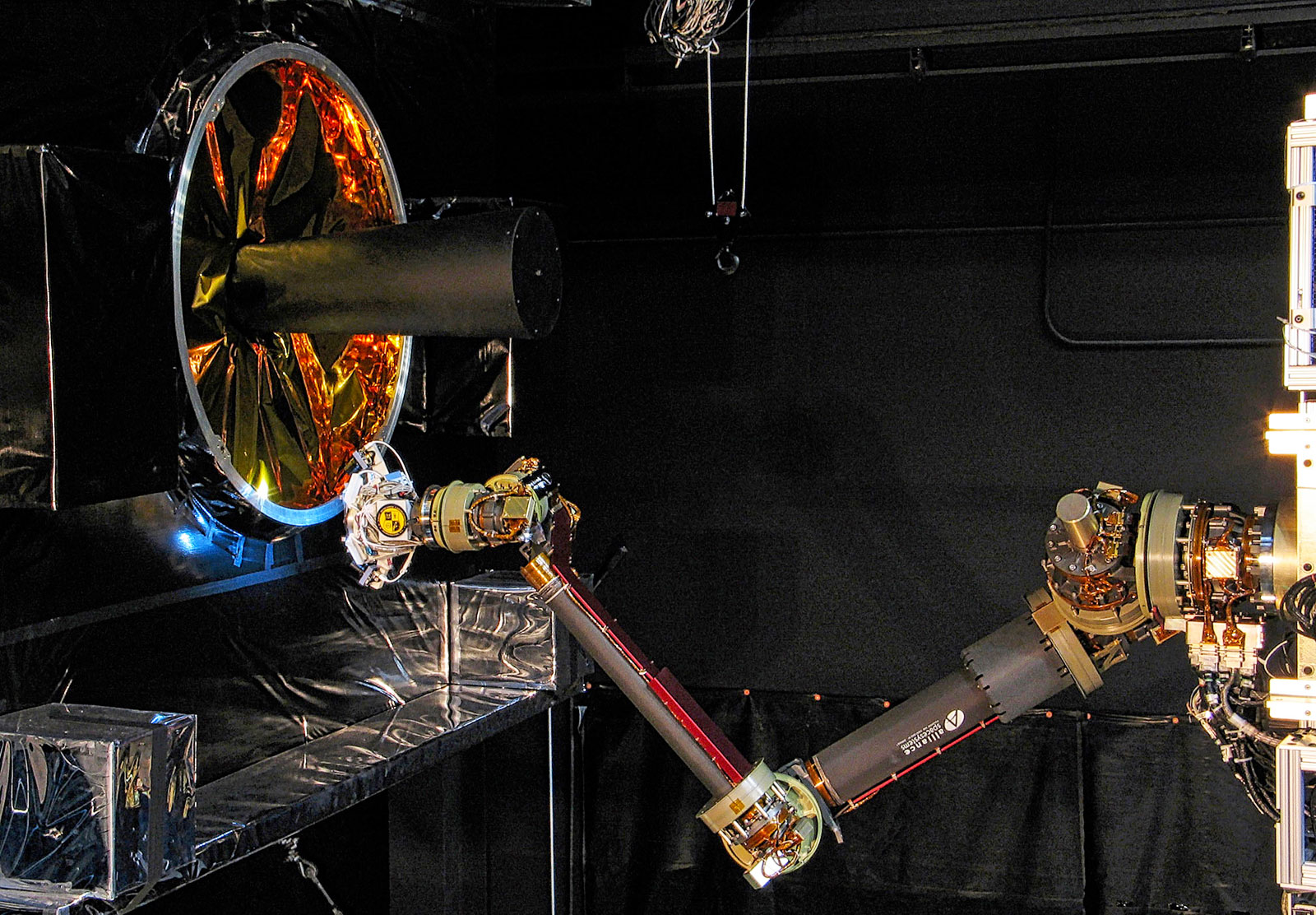All the fun of the desert and the rainforest from the (relative) comfort of home? Sign us up. That's the promise offered by the admittedly awesomely named
Laboratory for Autonomous Systems Research (that's LASR, for you abbreviators out there), first announced last month. The robotics lab, housed in a $17.7 million building at the Naval Research Laboratory in Washington DC, offers up around 50,000 square feet, a portion of which is aimed at reproducing some of the Earth's more extreme ecosystems to test out naval robotics. The facility is home to firefighting robots, swimming 'bots and hydrogen fuel cell-powered unmanned aircrafts, to name but a few.
The Naval Research Laboratory opened the doors of the massive facility up to members of the media today, and Engadget was on-hand along with a moderate sized gathering of fellow reporters. Included in the tour were two simulated environments. The Tropical High Bay is designed to mimic rainforest terrain, with flowing water, fog and climate controlled temperature and humidity. The Desert High Bay is a bit let complex in its environmental simulation, limited to a sand pit, rock way, and adjustable light, smoke and wind.
Meanwhile, an on-site indoor pool is used to challenge aquatic vehicles. Testers demonstrated the Pectoral Fin Swimmer - an autonomous bot inspired by the biological movements of fish, in order to access areas not reached by more traditional propel driven robots. Also on hand was Lucas, a Mobile, Dexterous, Social (MDS) humanoid robot [
pictured above] with a Segway base. The laboratory demonstrated how the robot was capable of reasoning in a simulated firefighting scenario - and, equipped with an extinguisher, was capable of putting out a very real fire on the floor of the facility.
We'll have a more in-depth tour of the facility in the near future. In the meantime, check out a sneak-peek of what we saw in the gallery below.
Continue reading US Navy shows off its new LASR autonomous robot testing facility
US Navy shows off its new LASR autonomous robot testing facility originally appeared on Engadget on Mon, 02 Apr 2012 13:00:00 EDT. Please see our terms for use of feeds.
Permalink | |
Email this |
Comments
 As of this month, the US satellite Vanguard I has spent 60 years in orbit and it remains the oldest man-made object in space. Vanguard I was the fourth satellite launched into orbit -- following the USSR's Sputnik I and II and the US' Explorer I. But...
As of this month, the US satellite Vanguard I has spent 60 years in orbit and it remains the oldest man-made object in space. Vanguard I was the fourth satellite launched into orbit -- following the USSR's Sputnik I and II and the US' Explorer I. But...
 As of this month, the US satellite Vanguard I has spent 60 years in orbit and it remains the oldest man-made object in space. Vanguard I was the fourth satellite launched into orbit -- following the USSR's Sputnik I and II and the US' Explorer I. But...
As of this month, the US satellite Vanguard I has spent 60 years in orbit and it remains the oldest man-made object in space. Vanguard I was the fourth satellite launched into orbit -- following the USSR's Sputnik I and II and the US' Explorer I. But...
 Geosynchronous orbits above Earth are among the most valuable real estate in the solar system. This band of space is utilized by everything from civilian communications and GPS satellites, to government-operated weather and nuclear monitors, to milit...
Geosynchronous orbits above Earth are among the most valuable real estate in the solar system. This band of space is utilized by everything from civilian communications and GPS satellites, to government-operated weather and nuclear monitors, to milit...









